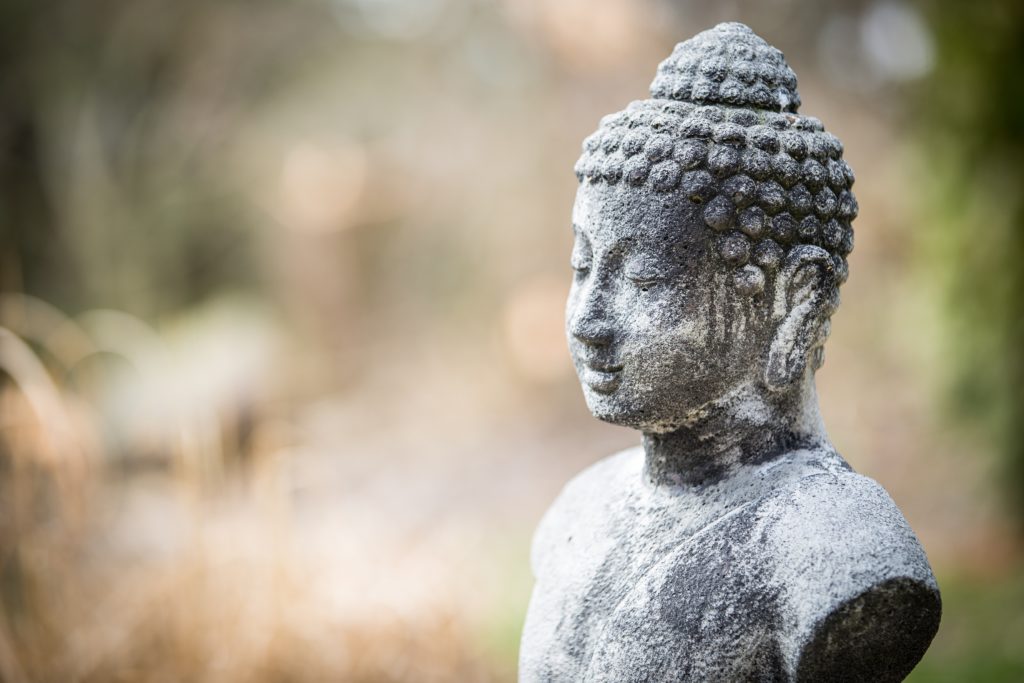
Poems of Buddhist Monk, Manhae – Liberation Through Love
Manhae was a Buddhist monk born in South Korea. Besides devoting his life to serve the Buddha Dhamma, he was in the forefront in the politics and he practiced what is today known as “socially engaged Buddhism” someone who strives to realise social, political, and economic liberation of human beings through Buddhism.
He is well known throughout the Korean speaking world as the poet par excellence, particularly his poems on love are famous. It might look odd for those who only encounter the dry form of Buddhism where love is treated as something to be away from if they have to attain the liberation. However, Manhae’s poems are the expressions of freedom through ordinary human emotions and love as the basic human emotion as that.
Often it is discussed who did Manhae love so much that it inspired poems of love that can potentially enliven the human hearts to the liberating experiences. The word for the object of longing in the Korean language is Nim. Therefore, the apt name for the collection of his poems is “everything yearned for”. Thus love connotes the entire universe and aspects of it, millions of them, yearned by human beings. Human beings yearn for the myriad number of things, people, emotions, and the list can go on and on. The object of longing for Manhae (which means ten thousand seas) is discussed and debated much. If we look at it politically, it was yearning for his “country” to be free when it was colonized by the Japanese. He fought for the liberation of his country. Most of the people concluded that his nim was his country.
As he was a Buddhist monk, his nim was also Nirvana, the ultimate state of being free and it is reflected in his great poems yearning for freedom. It is also clear from his poems that he was not seeking extraordinary states, but his liberation was grounded in the ordinary experiences of daily life that we all go through.
Manhae’s nim was open-ended on the philosophical ground, but on the semantic ground, it was contextualized poems after poems representing levels of yearnings. Manhae was also a married man and some of the critiques comment that his nim was actually a Buddhist Bhikkuni. It may sound heretical for those who limit Buddhism to the set of rules that a Buddhist monk cannot be in love with a Buddhist nun, but those were the transitional times in the Buddhism in that part of our world. Whether Great master’s nim was a woman or country or Nirvana is not a point, the point is the earnestness of his being to yearn for something wholeheartedly and that yearning did not exclude anything.
Manhae’s poems on love and longing are not superficial reflections on emotions, but they are deeper vehicles to take us beyond ordinary through ordinary. It is difficult to choose one sea from the thousands of poetic seas of Manhae, bur dear readers, I include one here to get a glimpse into the great mind of Manhae:
Samadhi of Sorrow
Death, clean as the blue
light of heaven, cleanses all
things.
Quiet night–the light of
void–reigns over the earth.
By a faint candle, I lie so
alone and resolute.
On a sea of tears, I released a
flower boat.
It carried my love and sunk
without a sound.
Through the samadhi of sorrow,
I attained “self-void.”
Drunk on flower mist, the
beautiful girl
staggers along the vast plain
of youth.
Regarding death lighter than
a feather,
love’s madman drinks the
heart’s fire like it is ice.
You loser in love, sick on
love,
urging your love to kill itself
hold me if you want satisfaction.
Don’t you know that my
arms embody that love?
Author – Mangesh Dahiwale, Human Rights Activist




+ There are no comments
Add yours